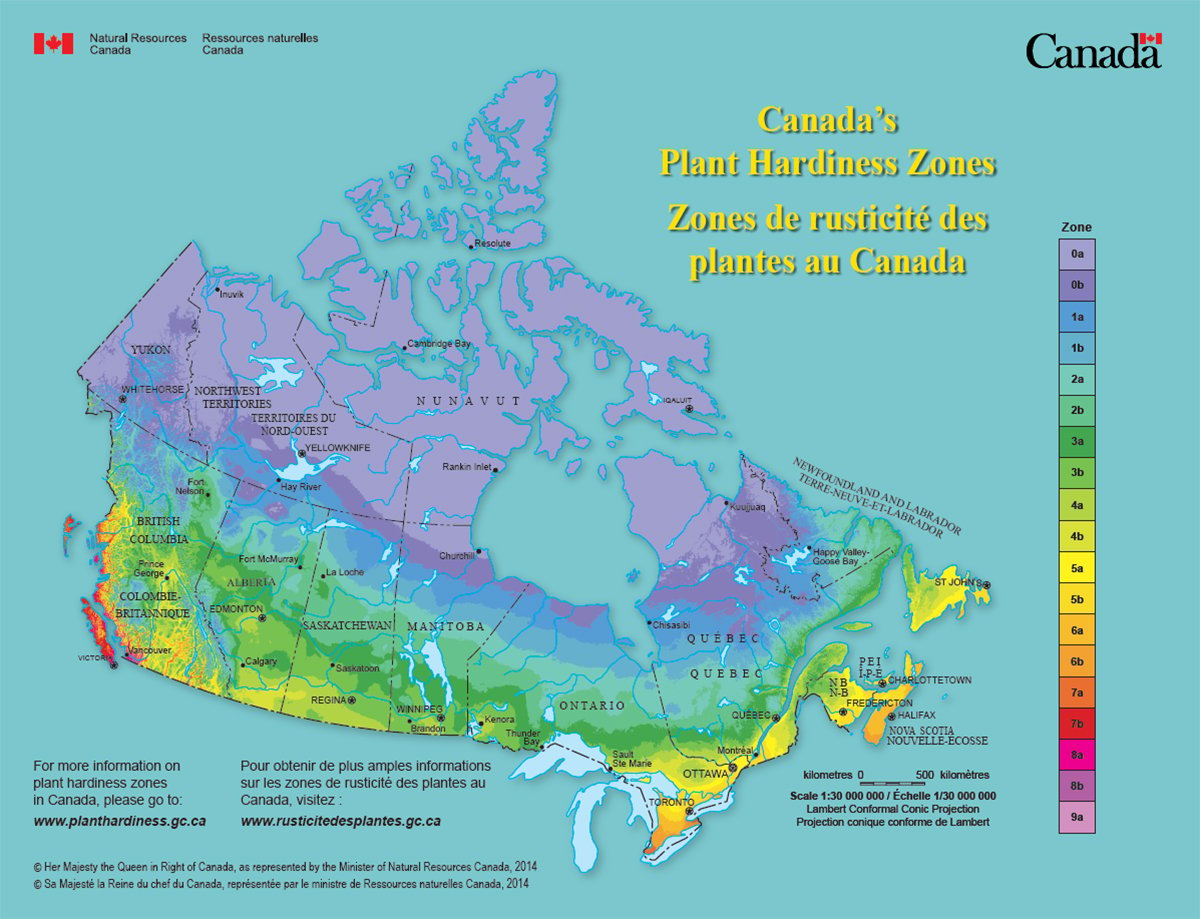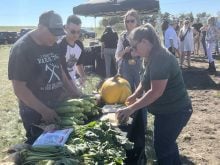Convenience often exacts a price.
Pre-mixed forage-seed combinations would seem to eliminate the need for planning or research on the part of producers, but the results of seeding such mixes can be disappointing and costly.
The forage specialist with Saskatchewan Agriculture urges producers to design their own seed mix to reflect forage needs and growing conditions of their area.
“I recently took a call from a forage producer who had seeded a pre-mix that contained 20 percent orchard grass,” said Michel Tremblay.
“Orchard grass is a great grass but it’s not winter hardy in Saskatchewan. It will grow well this year, but it’ll be dead next year, which means 20 percent of this year’s purchase will be wasted.
Read Also

Canada’s plant hardiness zones receive update
The latest update to Canada’s plant hardiness zones and plant hardiness maps was released this summer.
“It’s important for producers to design their own mix rather than buy it off the shelf.”
Saskatchewan Agriculture’s Saskatchewan Forage Crop Production Guide 1999 can help. Their website is www.agr.gov.sk.ca/saf/ crop/99forage.htm
Tremblay said there are several considerations when designing a forage mix: winter hardiness, yield potential, drought and salt tolerance, season of use and palatability.
“In the case of palatability, all components should be somewhat similar so that one isn’t overgrazed and ultimately killed. There will always be some difference, but forages with extremes in palatability will make pasture management difficult.”
Similarities in aggressiveness and maturity are also important. An example of a poor maturity mix is crested wheat, which is ready to graze early, and meadow brome, best grazed two weeks later.
If grazed early to optimize the nutritional value of the crested wheat, the vigor of the meadow brome will be compromised.
“In general, complex mixtures of dissimilar species are only recommended under saline conditions or in fields with large topographical differences,” said Tremblay.
Coated grass seed is another convenience available on today’s market, but it has a disadvantage.
The reason for coating grass seed is to make it flow better in seeding equipment. But producers must keep in mind this coating increases the weight of the seed so the seeding rate must be increased.
“Adjusting seeding rates using optimal seed density measurements per square foot, as described in the SAF Forage Production Guide, can correct for coated seed.
“Although there is little documentation of the agronomic advantages of coated seed, farmers may prefer the ease of handling. But they will pay for it because the required increase in seeding rate may add as much as $10 an acre in cost.”














